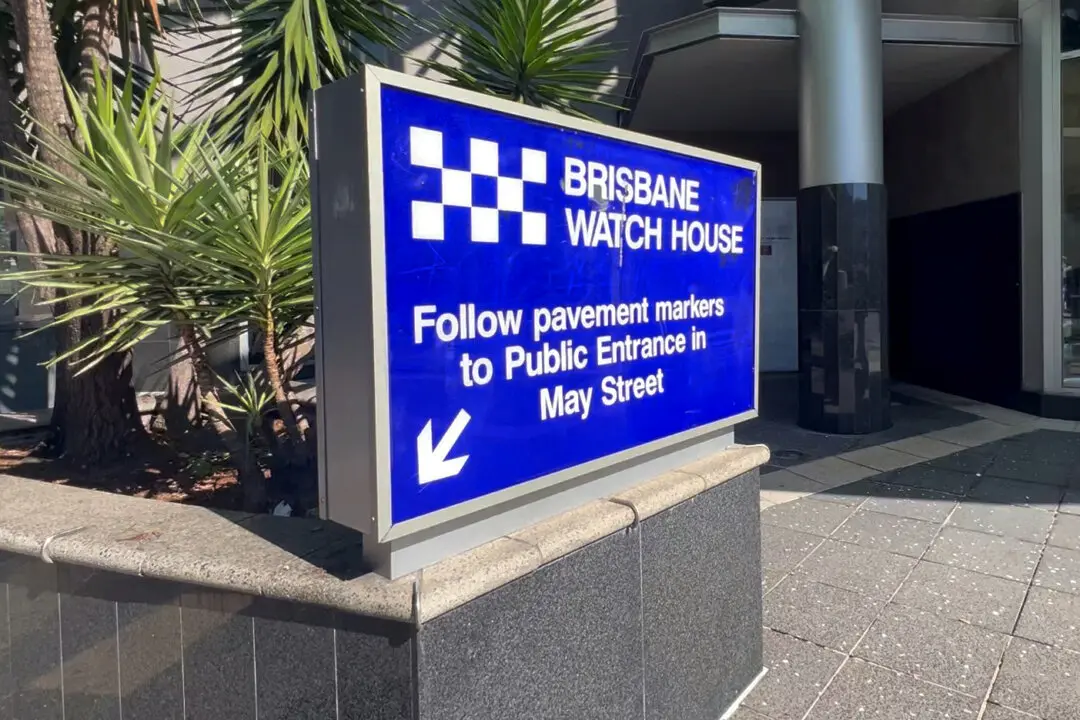A bumper Chinese stimulus package could convince the Reserve Bank of Australia (RBA) to push back the start of its monetary easing cycle after shock jobs figures slashed hopes of a February rate cut.
A drastically stronger than predicted Australian Bureau of Statistics labour market report caused economists and bonds traders to scale back expectations of a rate cut.
But external economic uncertainty risked delaying cuts even further, RBA chief economist Sarah Hunter warned.
If China delivers a larger fiscal stimulus than expected to support its stagnating economy, growth and inflation in Australia would receive a boost beyond the RBA’s forecasts.
“China is a large economy and Australia’s largest export destination, which means its trajectory is important for Australian monetary policy setting,” Hunter said in a speech at the University of Adelaide.
While the RBA considers a large stimulus package unlikely, its models show significantly stronger Chinese demand, as well as higher Australian household spending because of stage three tax cuts, could result in inflation remaining above its 2.5 percent target.
“In the upside scenario the board may need to consider a tighter policy stance—this could be a rate hike or a longer period on hold,” Hunter said.
Softer economic growth figures and a dovish tilt in the RBA’s commentary following its December rate meeting on Dec. 10 had raised hopes of a February rate cut.
That was offset by Dec. 12’s unexpected drop in unemployment to 3.9 percent, said ANZ senior economist Adelaide Timbrell.
ANZ, along with Westpac and NAB, predicts the RBA to start its monetary easing cycle in May, given the central bank’s concerns inflation remains too high and unemployment too low.
But two crucial data releases could still convince the RBA to move earlier.
Big four outlier Commonwealth Bank (CBA) holds out hope for a February cut.
Despite conceding the labour market data weakened the case for a cut, CBA economist Gareth Aird believes the remaining inflation and labour market prints before the RBA’s next meeting will coax the doves back out of the cage.
It will almost certainly require trimmed mean inflation—released on Jan. 29—to come in below 0.6 percent for the December quarter, Aird said, a significant reduction from the 0.8 percent figure in the September quarter.
The labour market would need to show signs of softening too, he added.
Softer wages data of late suggested the central bank should not be so worried about the low unemployment rate contributing to inflation, Aird said.
The RBA estimates the non‑accelerating inflation rate of unemployment (NAIRU)—which represents so-called full employment or the unemployment rate consistent with maintaining stable inflation—to be 4.5 percent.
“Australia should be able to run an unemployment rate of about 4.0 percent and see inflation within the target band sustainably,” Aird said.
“But we don’t know if the RBA shares our view (or is coming around to our view).”
Data from online jobs marketplace Seek’s November employment report painted a softer picture of labour demand, Aird said.
Job ads fell 1.1 percent over the month, while applications per job ad rose 3.4 percent—the largest increase since April.
Bond traders were still optimistic, with the money market implying a 55 percent probability of a February rate cut, albeit down from more than a two-thirds chance.







